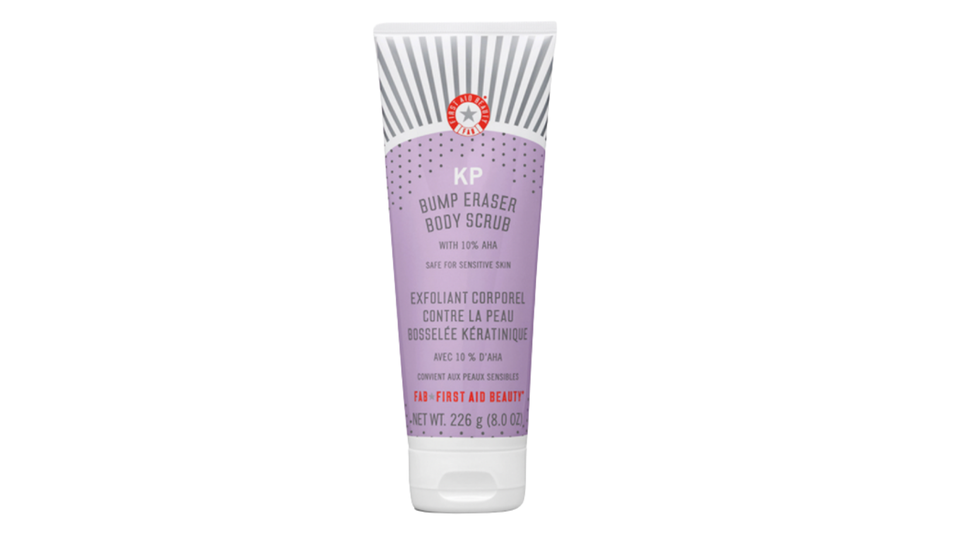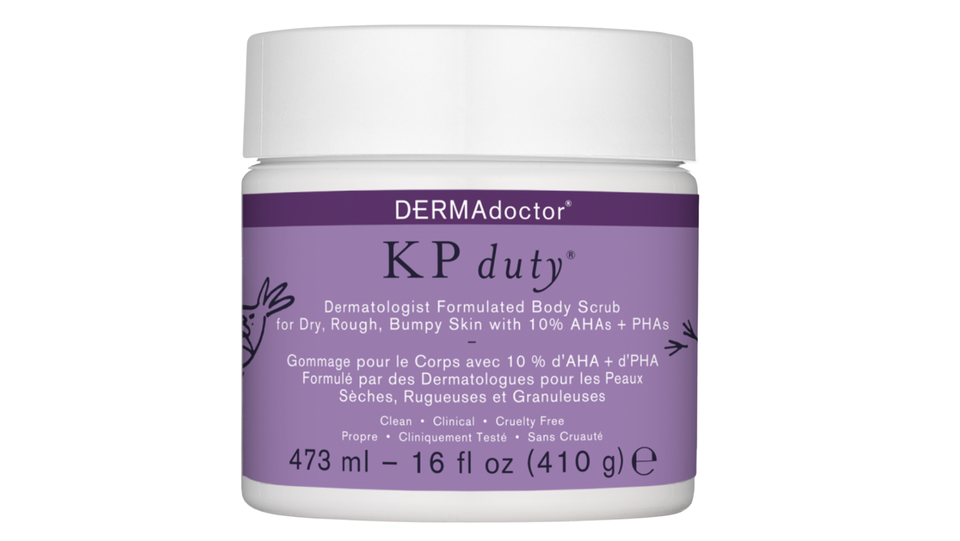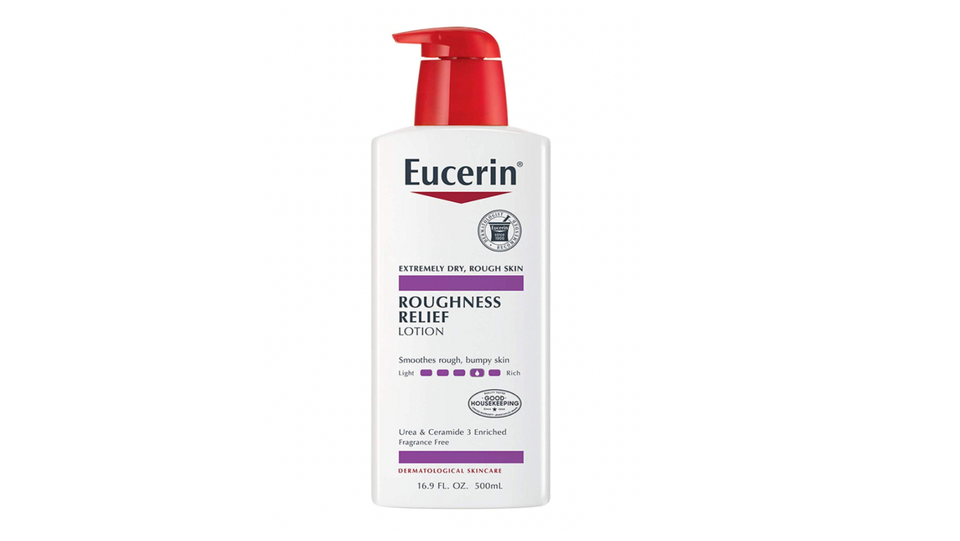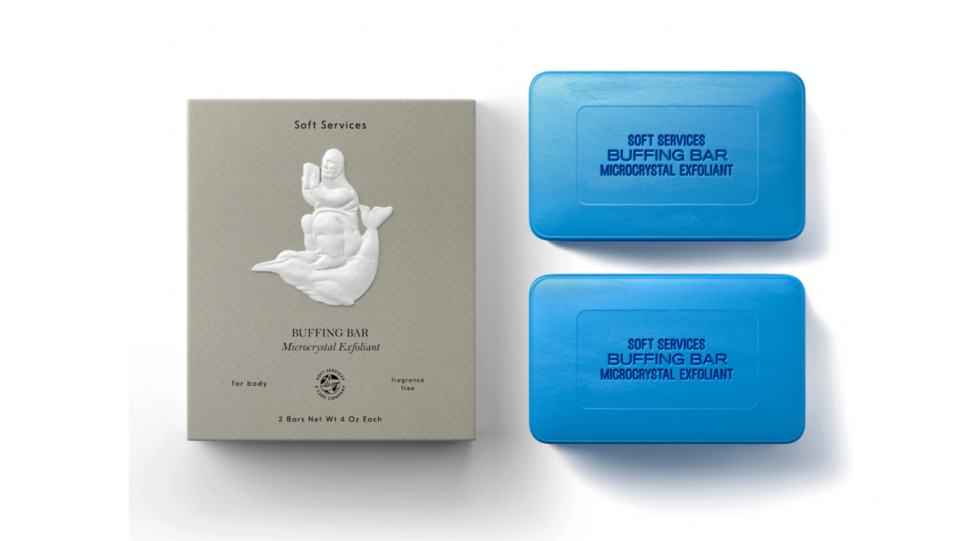Also known as KP, those bumps can get worse in the winter. Experts share the products you can use now.
If you’re someone who gets those tiny red bumps on your upper arms, you may notice that they get slightly worse during the winter. Known as “strawberry skin” or “chicken skin,” this common condition is technically called keratosis pilaris, or KP. And while there’s no cure, experts say you can minimize the red dots.
KP is said to affect about 40% of adults and 50% to 80% of adolescents at some point in their lives. It’s such a common skin problem that many dermatologists consider it a skin type rather than a skin condition, Ife Rodney, a board-certified dermatologist and founder of Eternal Dermatology and Aesthetics in Fulton, Maryland, told HuffPost.
For most people, KP is chronic with dry bumpy skin appearing most often on the arms, but sometimes on the legs and backside, too.
“The good news is it’s not harmful or deadly, and will not spread to other parts of your body or affect any other body functions,” Rodney said. “Some may say it’s strictly cosmetic.”
There are several ways to make KP look less red and bumpy. But, often you have to keep up the treatments long-term, Rodney explained.
Here’s a look at what causes KP, who’s most at risk and some of the ways you can treat it at home.
What causes KP?
KP occurs when hair follicles, or pores, get clogged with excess keratin (the protein found in hair, skin and nails) buildup and dead skin cells, according to the American Academy of Dermatology (AAD). You have thousands of hair follicles, so when many of them get blocked, your skin feels bumpy and scaly, resembling goosebumps or tiny pimples.
“KP is not considered a skin disease, per se, but more a variant of normal,” Rodney said. “In other words, it’s a normal skin condition or type that tons of people have.”
Anyone of any skin tone and type can get KP, Rodney added. But it may appear differently on different skin tones. “For example, it may look like dark brown or reddish bumps on people with lighter skin,” she explained. “On darker individuals, it can appear as darker brown bumps.”
The key is that the bumps are uniform, centered around hair follicles and usually evenly dispersed. Rodney said sometimes you can see a tiny hair growing from each bump. Some people might experience itchiness.
Experts aren’t sure exactly why someone gets KP, but it’s believed to have a genetic component and be related to dry skin, said Ranella Hirsch, a board-certified dermatologist based in Cambridge, Massachusetts.
People with eczema, acne, hay fever and who have relatives with KP are more likely to develop the condition, according to AAD.
KP isn’t harmful, Hirsch said, “It’s just visually unpleasant to some, and for others just that it’s there makes them itch.”
Does KP get worse in winter?
KP is likely to become more noticeable during the winter or for people who live in a dry climate, according to AAD. Hirsch said the reason KP can get worse during colder months is that low humidity, blustery air and crisp temperatures can increase the likelihood of dry skin.
KP is linked to an overproduction of keratin, which can clog the pores, Rodney said. When your skin is dry, which is more common in the winter, it takes longer for the extra keratin and dead skin cells to slough off the skin, which usually occurs during cell turnover.
“The cold dry air makes the skin lose its moisture which can impact keratin production and turnover,” she said. “In short, it has more to do with temperature and lack of humidity than anything else.”
Can you actually get rid of KP?
There’s no cure for KP, so it’s more about managing the condition and adapting to it, Hirsch said.
Some treatments can boost cell turnover, helping you shed excess keratin and dead skin cells. Rodney said the treatments can make KP look less apparent, but once you stop them, the tiny red bumps will reappear.
Dermatologists use microdermabrasion, chemical peels or prescription medication to increase cell turnover and remove dead skin cells. But there are several products you can use at home to treat KP. Hirsch said to look for products containing urea or lactic acid, which break down keratin and exfoliate the skin.
Here are some products that can help treat KP:
Newszetu may receive a share from purchases made via links on this page. Every item is independently selected by the Newszetu Shopping team. Prices and availability are subject to change.
1. AmLactin Daily Moisturizing Body Lotion

2. First Aid Beauty KP Bump Eraser Body Scrub 10% AHA

3. Dermadoctor KP Duty

4. Eucerin Roughness Relief Lotion

5. Soft Services Microcrystal Exfoliant Buffing Bar

Credit: Source link